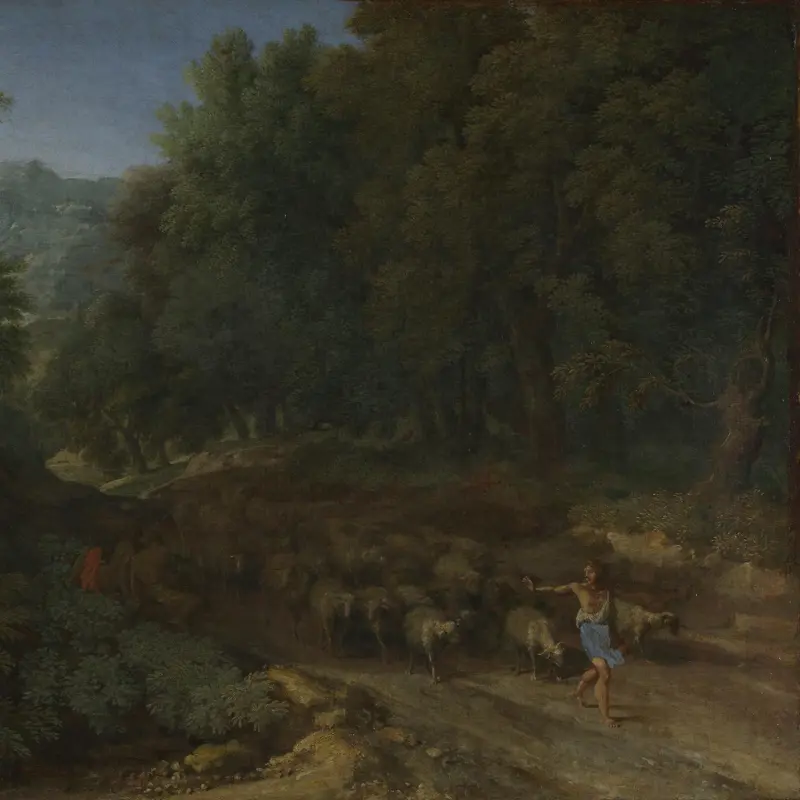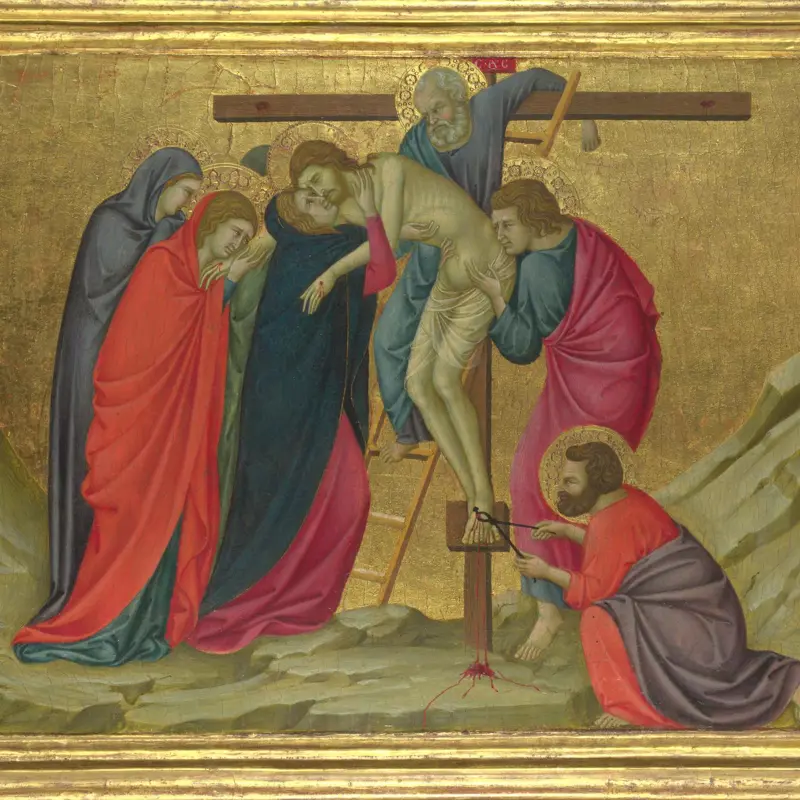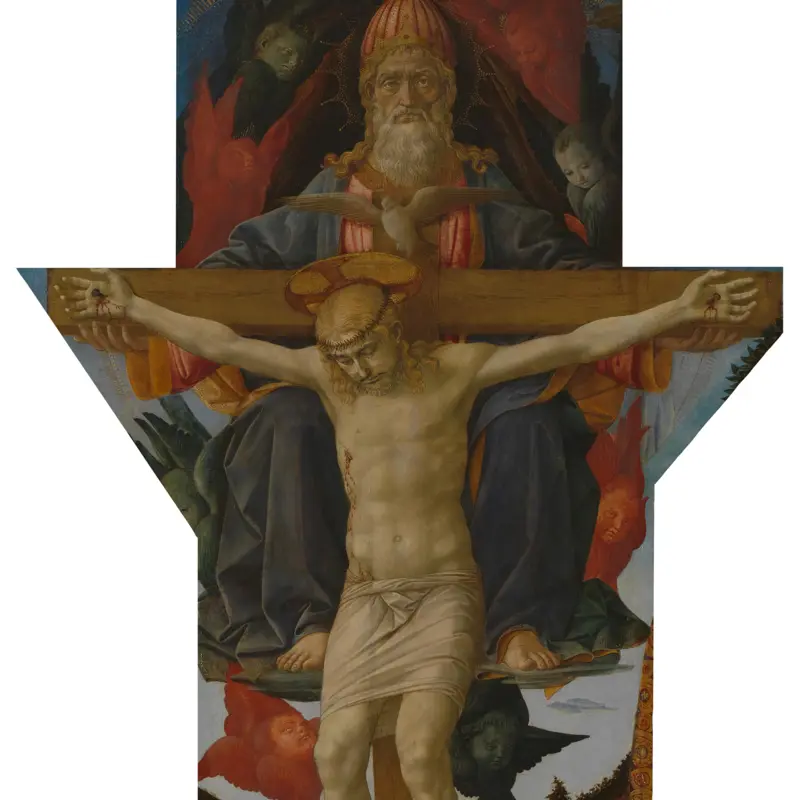Art collector and Keeper of Prints and Drawings at the British Museum.
William Young Ottley
This person is the subject of ongoing research. We have started by researching their relationship to the enslavement of people.
Biographical notes
Summary of activity
William Young Ottley was the son of Richard Ottley (UCL Department of History, ‘Sir Richard Ottley’, in UCL Department of History (ed.), Legacies of British Slave-ownership [online], London 2020, <https://www.ucl.ac.uk/lbs/person/view/2146642831> accessed 28 June 2021) and Sarah Elizabeth Ottley (UCL Department of History, ‘Sarah Elizabeth Ottley, née Young’, in UCL Department of History (ed.), Legacies of British Slave-ownership [online], London 2020, <https://www.ucl.ac.uk/lbs/person/view/2146642751> accessed 28 June 2021). His mother was the daughter of Sir William Young, 1st Bart. (UCL Department of History, ‘Sir William Young 1st Bart.’, in UCL Department of History (ed.), Legacies of British Slave-ownership [online], London 2020, <https://www.ucl.ac.uk/lbs/person/view/2146632173> accessed 28 June 2021), an owner of estates and enslaved people in Antigua, St Vincent and Tobago. Her brother, Sir William Young, 2nd Bart. (UCL Department of History, ‘Sir William Young 2nd Bart.’, in UCL Department of History (ed.), Legacies of British Slave-ownership [online], London 2020, <https://www.ucl.ac.uk/lbs/person/view/2146632174> accessed 28 June 2021), who inherited four of the estates, was a prominent pro-slavery campaigner. William Young Ottley and Sarah Elizabeth Ottley were shown as the owners of 17 enslaved people on Antigua in the 1817 Slave Register for Antigua.
In 1787 Ottley entered the Royal Academy Schools, studying briefly under John Brown until the latter’s death that year, after which he bought the contents of his studio, which formed the beginning of his own art collection. From 1791–9 he studied in Italy, continuing to build up his collection, acquiring such pictures as Botticelli’s Mystic Nativity and Raphael’s An Allegory (‘Vision of a Knight’). In 1823 he sold the bulk of his Italian drawings to Sir Thomas Lawrence; these included drawings by Raphael and Michelangelo which had been stolen from the French artist Jean-Baptiste Wicar, and acquired by Ottley from the Florentine painter Antonio Fedi.
In 1799 he returned to London, where he wrote and published on Italian art. In 1826 Lawrence commissioned him to write A Descriptive Catalogue of the Pictures in the National Gallery. In 1833 he accepted the appointment of Keeper of Prints and Drawings at the British Museum. It has been written that he needed the income as the abolition of slavery act had reduced his income from the family’s plantation, and that he refused compensation. (J. Allen Gere, ‘William Young Ottley as a collector of drawings’, British Museum Quarterly, 18 June 1953, 44-53 (51-2).) However, he did receive £10,000 under the will of his mother, which had come from the proceeds of her £20,000 marriage settlement, contributed by her father Sir William Young, and her husband Richard Ottley, whose will had stipulated that the £20,000 should be invested in Tobago. The other £10,000 was left to the younger sons, Richard, Brooke Taylor and Warner. Both William Young Ottley and Warner Ottley (UCL Department of History, ‘Warner Ottley’, in UCL Department of History (ed.), Legacies of British Slave-ownership [online], London 2020, <https://www.ucl.ac.uk/lbs/person/view/26552> accessed 28 June 2021) had served as trustees of Drewey Ottley of the island of St Vincent, who was probably their half-brother. In the 1830s Warner was awarded compensation for estates in Tobago and St Vincent.
Slavery connections
William Young Ottley and his wife Sarah Elizabeth Ottley were shown as the owners of 17 enslaved people on Antigua in the 1817 Slave Register.
Abolition connections
No known connections with abolition.
National Gallery painting connections
Former owner: Botticelli’s Mystic Nativity (NG1034), formerly in Ottley’s collection, subsequently entered the William Fuller Maitland (q.v.) collection; the NG purchased it in 1878. Raphael’s An Allegory (‘Vision of a Knight’) (NG213), which also once belonged to Ottley, was bought by the NG in 1847. Parmigianino’s The Mystic Marriage of Saint Catherine (NG6427) and Portrait of a Collector (NG6441) were purchased by the NG in 1974 and 1977 respectively.
Bibliography
History of Parliament Trust (ed.), The History of Parliament: British Political, Social & Local History, London 1964-, https://www.historyofparliamentonline.org/
Checked and not found
—
Item on publisher's website
D. Rodgers, 'Ottley, William Young', in J. Turner et al. (eds), Grove Art Online, Oxford 1998-, https://doi.org/10.1093/gao/9781884446054.article.T064209
Checked and found
—
Item on publisher's website
N. Turner, 'Ottley, William Young', in C. Matthew et al. (eds), Oxford Dictionary of National Biography, Oxford 1992-, https://doi.org/10.1093/ref:odnb/20941
Checked and found
—
Item on publisher's website
UCL Department of History, 'William Young Ottley', in UCL Department of History (ed.), Legacies of British Slave-ownership, London 2020, https://www.ucl.ac.uk/lbs/person/view/2146639291
Checked and found
—
Item on publisher's website





















